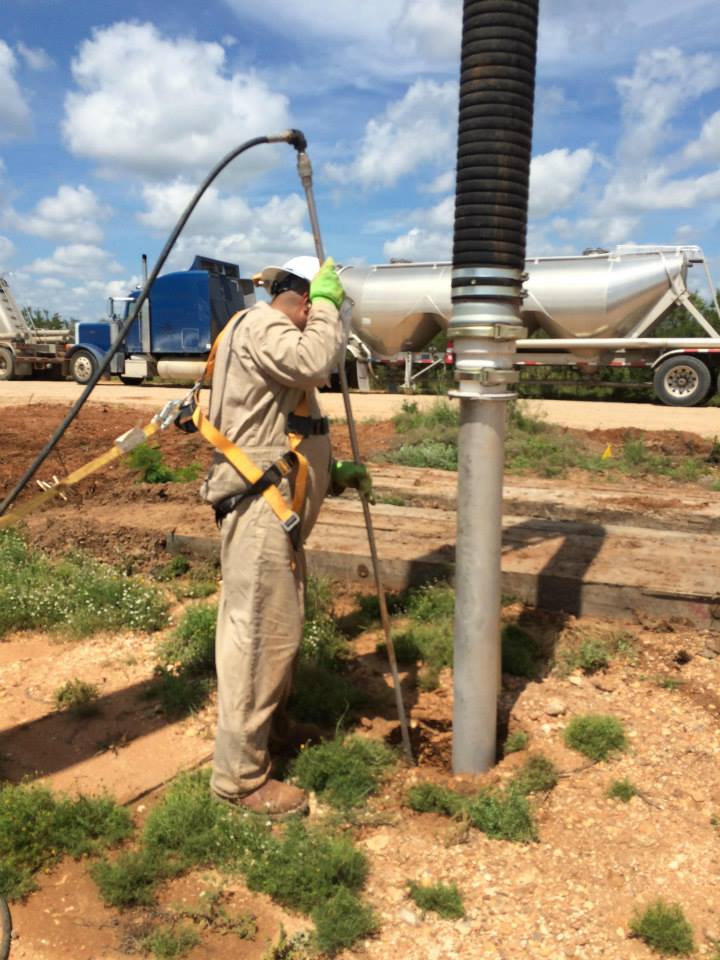Fascination About Excavator
Wiki Article
What Does Trencher Do?
Table of ContentsThe 10-Minute Rule for Grading ContractorsFacts About Excavation Companies UncoveredGrading Contractors Fundamentals ExplainedDemolition Things To Know Before You BuySome Ideas on Excavating Contractors You Should Know


Scrapers or Pans excavate soil in one location, haul and also dispose the soil in an additional place (excavation companies). It is difficult to match the efficiency of scrapers for cut/fill dirt operation if the haul range is much less after that a mile. Scrapers are usually pulled by a rubber tire wheel tractor and also are occasionally pressed with the cut location by an excavator.
There are several times that scrapers are not made use of for site grading as well as a dump vehicle is used: the haul might be to long, the haul might go across roads where scrapes are not allowed, acid rock might be experienced, devices accessibility, etc. Dump vehicles are in common use as well as possibly need little discussion.
"Rock body" beds, on the other hand, have no tailgates and also can unload any kind of size rock, although their quantity capability is decreased. Compaction Tools increases the thickness of the soil and in some instances supplies a smooth, rolled surface.
Some Known Details About Grading Contractors
From a straightforward test pit to percussion drilling to core boring the owner has progressively extra pricey alternatives that produce progressively much better data regarding the site underground. For instance, the Owner on a 100,000 SF structure project may accredit twenty boring areas with split spoon soil samples taken till rock is reached and afterwards core examples of rock.Knowing the kind as well as quality of rock (from the core samples) and location of rock (from the soils boring) is a real advantage in jobsite planning. On the other hand, the Owner of a 100,000 SF building might determine to proceed with no geotechnical screening whatsoever. The decision regarding geotechnical testing is typically made by a Proprietor without any input from the Building Manager.
The section on Dirts and Geology aids you comprehend the terms in the geotechnical record. An understanding of the approximate area of the rock helps the Building Supervisor to intend the sequence of actions complying with rock excavation. If rock remains in one corner of a huge building project, as an example, the earth excavation can begin at the contrary end of the building in order to start structure work soonest.
Beginning the foundation work early would be an excellent suggestion if the rock might be gotten rid of by tearing. If the rock is exceptionally hard as well as calls for substantial blasting, it may be prudent to hold foundation job till the blasting is finished. The Building Manager should collaborate these sorts of choices and also use all the technical date offered.
Grading Contractors Can Be Fun For Anyone
Unidentified excavation stipulates that all rock or various other unforeseen products (omitting unsafe materials) encountered in the sitework will be the obligation of the Specialist at no change in agreement price. An unclassified excavation is less complex from a book-keeping perspective and places the obligation for geotechnical conditions onto the Sitework Professional.How Water Influences Sitework? It's impressive what a heavy rainfall can do to a construction task. Before the rain, the website may be completely dry, hefty equipment effectively moving planet, the various other professions efficiently doing their job. Within hours the job can be a careless, mud-hole with worker performance reduced to regarding 10%.
In many areas of the world, the Construction Supervisor must remember a straightforward reality: IT WILL CERTAINLY RAIN. Good planning can reduce the damage and also interruption of a heavy rain to a jobsite. Frequently the excavation and grading is left to visit this site the Sitework Service Provider (and also their Foremen is liable to monitor and direct the hefty equipment and drivers).
Therefore the Construction Supervisor should be continuously knowledgeable about what rainfall will do to the task site. It is not unusual for the Sitework Supervisor to function their hefty devices for optimal performance and also hope it does not rain. Among the very best means to get ready for rain is to incline all grades to drain pipes and to smooth rolled the surface area prior to a rain.
Demolition Fundamentals Explained
The Construction Manager must be well-balanced adequate to guarantee that heavy rain does not quit working on the project longer than essential. Daily discussions with Sitework Foremen might be required to achieve this objective. Whenever excavation is called for listed below the existing groundwater level on a job, the process of dewatering must be considered.In an absolutely natural dirt, the water travels so slowly through the clay or silt that dewatering is not generally essential for the reasonably brief time of excavation. Dewatering may be required for a solitary ground excavation or for an entire task website. The most common dewatering methods are trench drains pipes, deep wells and well factors.

Ground water seepage can also be lowered by cutoff techniques such as sheet loading. High dewatering costs have actually faded the profit margins on much too several tasks.
This option must always be taken into consideration when evaluating the possibility of dewatering. Undoubtedly the alternative is just practical if gravity can run the water to reduced ground. Trench drains can be reduced with a Click Here backhoe and full of a crude, granular material (# 4 stone as an example), yet care has to be worked out in selecting the water electrical outlet type and area.
A Biased View of Concrete Contractors
A siphon, necessarily, uses climatic pressure to bring water from one altitude, up over a challenge, to a reduced elevation. The pipes in a siphon system should be impermeable and also some ingenuity is typically called for to entirely fill up the siphon pipeline. The siphon pipeline should be complete for the siphon to begin.A deep well consists of a pump, hose as well as an upright well casing. The pump intake is at the base of the well casing (typically some smashed stone is put there as a filter medium) (excavation contractors near me). The water is pumped up the pipe, out of the well casing, and also to an ideal discharge place.
In a crude sand, as an example, a big area can be pumped to near the pump intake altitude. A less permeable soil, on the other hand, lowers the effectiveness of a deep well. Considering that the pump is normally at the bottom of the deep well, there are no height limitations because of vacuum lift, and also deep wells can decrease the groundwater over 50 feet.
On the bottom of the wellpoint there is a 2 foot long display and also valve, water jets out of this shutoff and my response also develops a hole into which the wellpoint pipe can be reduced. This hole is frequently made a larger size (as an example 10 inches) to permit a rugged sand backfill to aid filter the water (mini excavator).
Report this wiki page